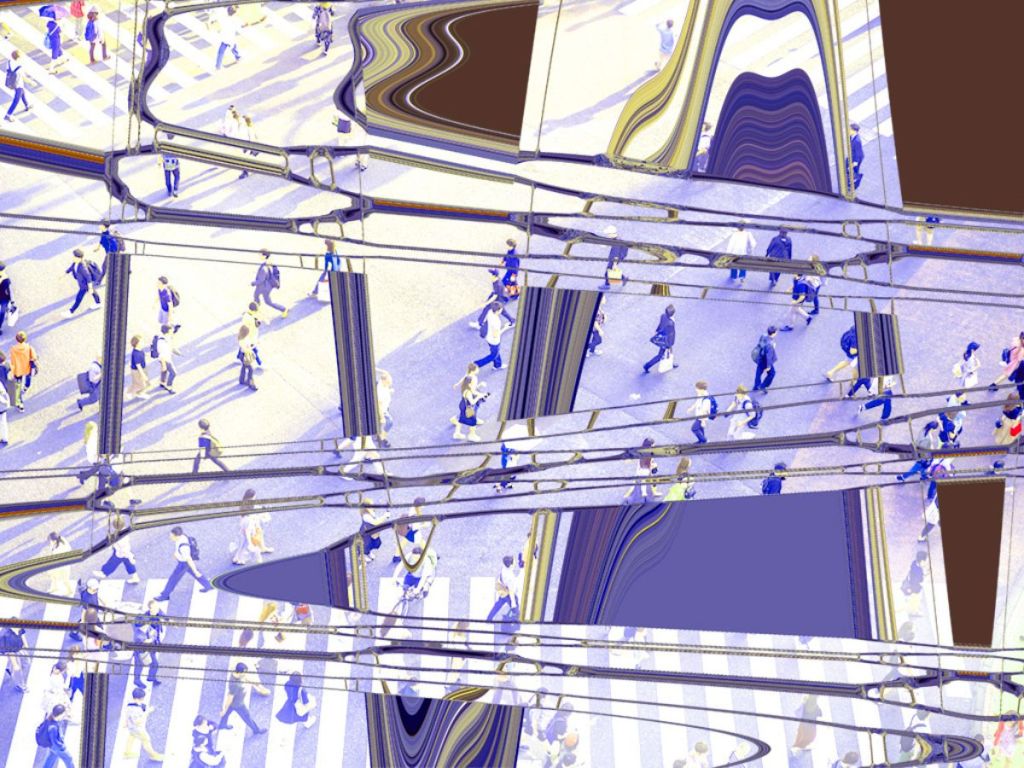DAOs: Where do we go next? In the last few years, a new type of governance structure has come into being, powered by Web3 technologies like blockchain and smart contracts, and known as Decentralised Autonomous Organisations (DAOs). DAOs don’t follow the traditional hierarchical model for running a project, instead, all members vote on future proposals of how the endeavour evolves. It’s a very diplomatic system that reflects the decentralized philosophy of the broader blockchain industry.
However, it’s become clear there are some issues with this early wave of DAOs. Notably, multiple projects have been harmed or even destroyed because of the way they were structured. A DAO was famously exploited when an attacker used the very way the organisation worked to grant themselves over $100 million. At the same time, other DAOs like the one that runs SushiSwap have had issues with clarity around leadership structure, causing confusion and, for a time, a lack of access to the project’s own Discord.
Why these events occur
These are only two examples, but they highlight the problems that are plaguing many existing DAOs. Namely, the practice of Simple Token Governance, a lack of clear roles for members to play, and a fundamental inflexibility in their structure. For starters, in the Simple Token Governance model, votes are directly proportional to the number of “governance tokens” held by a given member. Often these assets can be purchased on the open market, which results in a situation where users with the deepest pockets inevitably have the greatest sway in the future of the project.
Then there’s the concern that many DAOs have little to no accountability system in place to address malevolent actions. The concept of letting members freely express their will sounds great, but there is always a chance of attackers pushing the endeavour in a direction that most of the community doesn’t want. This then leads to other members feeling that their vote doesn’t count, and “voter apathy” sets in. This reduces participation which strengthens an attacker’s grip on the organization and its resources.
This is then compounded by the issue of a lack of distinct roles for specific members of the community. Lacking leadership, these projects can’t grow in an efficient manner. It often isn’t clear who is going to execute on the decisions made, or how disagreements are settled beyond voting. Other important concerns like funding and security tend to be overlooked or treated too coarsely. Without direction, individual members are less likely to see it as their job to address these problems.
Worst of all, many of the DAOs suffering from these issues are currently too rigid to simply change. Many are defined by immutable smart contracts that aren’t always designed to be upgraded. This leaves these organisations “locked” into the architecture they initially designed. The current model isn’t going to work if DAOs are meant to be the next evolution of governance, which means a new paradigm needs to be found.
How we can make DAOs work
Moving forward, governance models for DAOs need to become more nuanced and flexible. A DAO model must emerge that solves for all of the aforementioned issues. First, there needs to be a move past Simple Token Governance. Instead of having the most tokens, users’ voting weight should be determined by something more meritocratic, such as past involvement with the project itself.
Those with a history of working on development or helping pass proactive proposals would see their vote given more authority than those who only act in self-serving ways or fail to engage much at all. There would also be caps on how much power any given member would have, regardless of credentials.
This system would also make leaderless, distributed action easier for communities to organise and execute. All proposals would now come with specific definitions of what needs to be done and have attached Key Performance Indicators (KPIs).
Members would then be incentivised, as fulfilling their KPIs could result in a reward, whereas failure to meet these requirements would be met with punishment in the form of reduced voting power. Contribution-based governance is an example of this. This would heavily encourage meaningful, community-focused engagement over attacks or other selfish plays on the network.
Lastly, the new structure for DAOs needs to be upgradeable and modular. If a given structure isn’t working, the community can vote to alter it, with clear mechanisms in place for doing so. DAOs also need to be able to propagate and deploy new branches, much like with existing organizations. This can help compartmentalize areas of a given project while still allowing for clear channels of communication. This type of functionality can’t be ad-hoc, it needs to be built into the DAO at the protocol level.
By addressing these critical governance issues, tomorrow’s DAOs stand to actually fulfil the vision that the current generation fails to realize. There is a better form of governance waiting to be unleashed, one that can bring fairness and utility to the next generation of businesses. And accountability, delegation, and standardization will all be the keys to bringing decentralized governance to the global stage.





